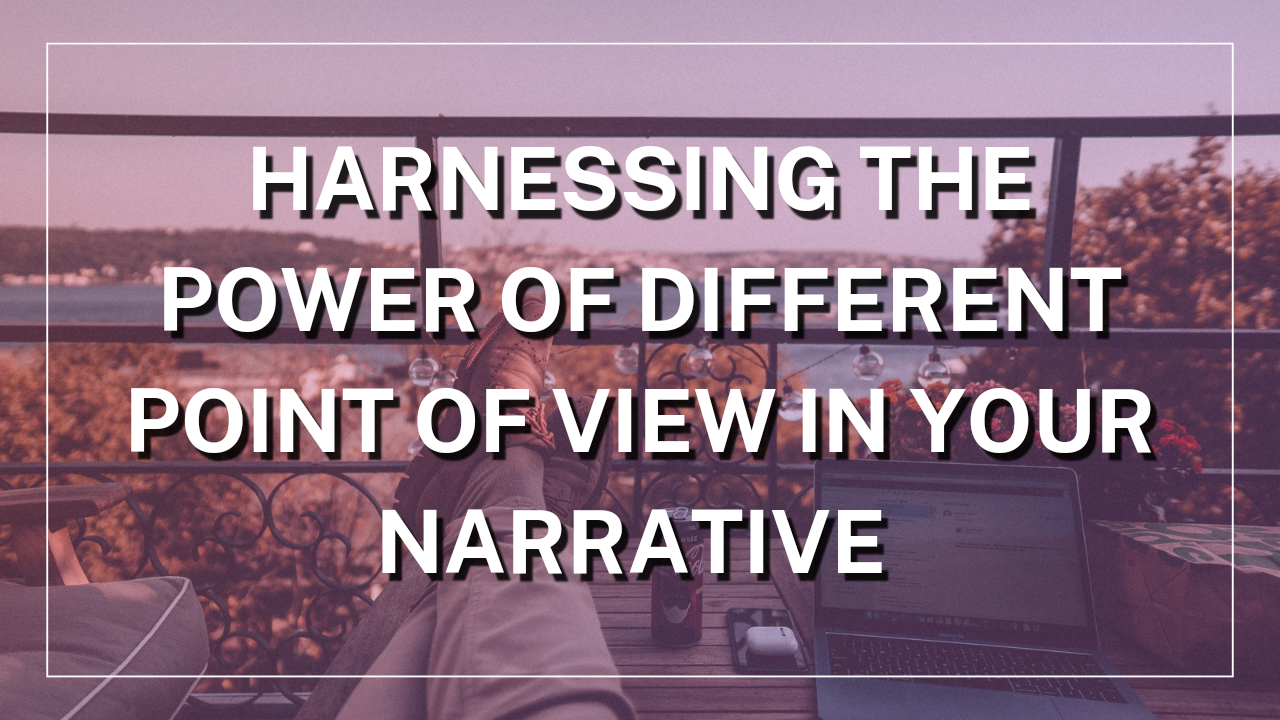A fictional story’s point of view (POV) has a big impact on the narrative and how readers interact with the characters, storyline, and themes. Point of view not only helps us create complex characters and environments but also allows the reader to have an in-depth understanding of the story, by getting to know all sides of the story instead of a single perspective. But, sometimes, it is difficult to understand which point of view should be used in which situation.
In this blog, we will see how we can overcome the challenge of choosing POVs.
1. First-Person Point of View: The story is told from the perspective of the protagonist, using “I” or “we” pronouns. This allows the readers to be a part of the story and to be able to get an in-depth understanding of the narrator’s perspective, thoughts, emotions and biases. It creates a deeper connection with the reader and the narrator’s limitations and bias also add complexity and make the story intriguing. To apply this POV, make sure to keep the narrator’s voice distinct and consistent. The pace of the narrative can be balanced by monologues with action and dialogues.
2. Second-Person Point of View: Here the story addresses the reader as “you”. This allows the readers to directly participate in the story as an individual. This type of POV is rarely used, so it can make your story stand out. It is best to use when writing interactive stories, choose-your-own-adventure books, or when aiming for a direct, instructional tone. Try to maintain clarity so the reader isn’t confused about the direct address.
3. Third-Person Point of View: In this point of view, the story is narrated from an outside perspective but is restricted to a character’s scope of vision. It’s like the narrator is with the character and can only see or know what that character does. It allows the reader to have their perspective and bias about the story and its characters. By limiting readers’ knowledge to that which the protagonist knows, you can use this point of view to build tension. To have the greatest emotional impact, give the main character a comprehensive development.
4. Third-Person Omniscient Point of View: This point of view is where the narrator knows all the thoughts, emotions, and actions of every character in the story. It provides the reader with all the perspectives upon which the story is narrated. This gives the reader a complete view of the story. It allows the reader to explore multiple characters’ motives, backstories, and inner conflicts. It enables the writer to write a story with a complex plot, multiple storylines and various perspectives. For clarity, employ an authoritative narrative voice to guide readers through the story’s complexities.
5. Multiple Points of View: Here, the story is told from the perspectives of several characters, each of which has its chapters or parts. It offers a range of perspectives, which adds depth and complexity to the narrative. It gives readers unique ideas and viewpoints to pique their curiosity. It also makes it easier to analyze how different characters see the same situation from various points of view. For clarity, use distinct voices or chapter breaks to set apart different points of view. Allocate a reasonable amount of time to each character’s point of view to maintain readers’ interest.
Selecting an appropriate point of view is essential to good storytelling. Every point of view has special benefits and has the power to significantly affect how your tale is viewed. You may craft an engaging, multi-layered story that engrosses readers from beginning to end by carefully choosing and exploiting a variety of points of view.
Try out different viewpoints to see which one best suits your story, and then watch as the narrative takes on fresh, captivating new dimensions.

